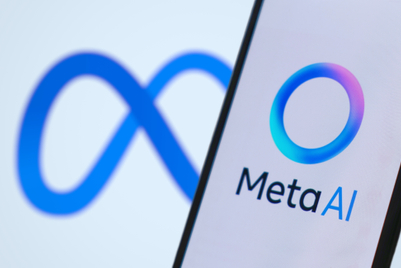
Franklin D. Roosevelt used radio. John F. Kennedy used TV. Barack Obama used SMS. Donald Trump used Twitter.
This election will go down in history as the TikTok election—and Kamala Harris will be the defining politician of the era. Brands can learn a thing or two from her playbook.
Since President Joe Biden stepped down from the 2024 race last month, vice president Harris burst onto the ticket with lime green, meme-ified enthusiasm. From seizing on “Brat summer” to leaning into Chappell Roan references and coconut memes, the Harris campaign has leveraged TikTok-style virality to revitalise a disillusioned base of voters.
Harris and her team have proven adept at something brands are struggling with: Leveraging cultural trends in a way her audience accepts, champions and co-creates with her.
Part of Harris’ success on TikTok is her ability to confidently own her quirks and imperfections. While it was this same quality that led to her demise in the 2020 race, people are now craving someone more relatable and entertaining. Her eccentricities, like her charming and easily remixable cackle, fit with TikTok’s creatively imperfect vibe.
Harris and her campaign have also proven restraint, allowing TikTokers to remix and recreate her viral moments in a way that has fueled positive energy around her candidacy. Giving up control over how their brand is portrayed is another concept marketers are often uncomfortable with, but it’s the way to get Gen Z engaged and talking.
When it comes to picking the right trends to seize onto, the contrast between Harris’ approach and that of many brands is starkly clear this week, as the internet whiplashes from “brat summer” to “demure fall.” There is an authenticity to her connection with online communities that brands lack when they flip quickly between trending moments.
This combination of digital intuition and trust in younger talent has enabled Harris to tap into organic virality to drive the conversation online and turn her candidacy itself into a trend. Her willingness to let younger talent take the reins on TikTok and social media in general is something marketers can also learn from.
Harris’ success on TikTok is in contrast to Donald Trump who, while adept at social media, hasn’t quite cracked the nut on the platform the way she has. While he technically has more followers (10.5 million to @kamalahq’s 3.8 million), his overused fire and brimstone playbook feels off with TikTok’s creative and whimsical vibe, and his focus on growing Truth Social has muffled and desensitised his message. He’s sequestered in a MAGA bubble of his own making while Harris takes over the zeitgeist.
Harris and her campaign have clearly acknowledged that social media and the creator economy, poised to reach half a trillion dollars by 2025, is key to winning younger voters. In addition to more than 200 content creators credentialed to cover the Democratic National Convention in Chicago this week, Harris is putting more than half of her $375 million post-Labor Day ad blitz toward digital channels—a signal she understands that younger voters are getting their information on these platforms versus traditional ones.
It’s a realisation that the political spectrum at large is having. In August, The White House hosted the first Creator Economy Conference in August, where 100 creators gathered to discuss issues from AI to mental health to a potential TikTok ban. Meanwhile, more than 70 influencers were credentialed to cover the Republican National Convention in July.
While it’s not clear yet whether Harris’ online success will translate into votes at the ballot box— she’s got a lot of work to do to define her policy platform and positioning—it’s obvious she’s struck a chord with younger voters by speaking their language in the places they speak to each other.
Brands looking to captivate Gen Z should take note.



.jpg&h=334&w=500&q=100&v=20250320&c=1)




.jpg&h=334&w=500&q=100&v=20250320&c=1)



.jpg&h=268&w=401&q=100&v=20250320&c=1)



.png&h=268&w=401&q=100&v=20250320&c=1)
.jpg&h=268&w=401&q=100&v=20250320&c=1)
.png&h=268&w=401&q=100&v=20250320&c=1)
